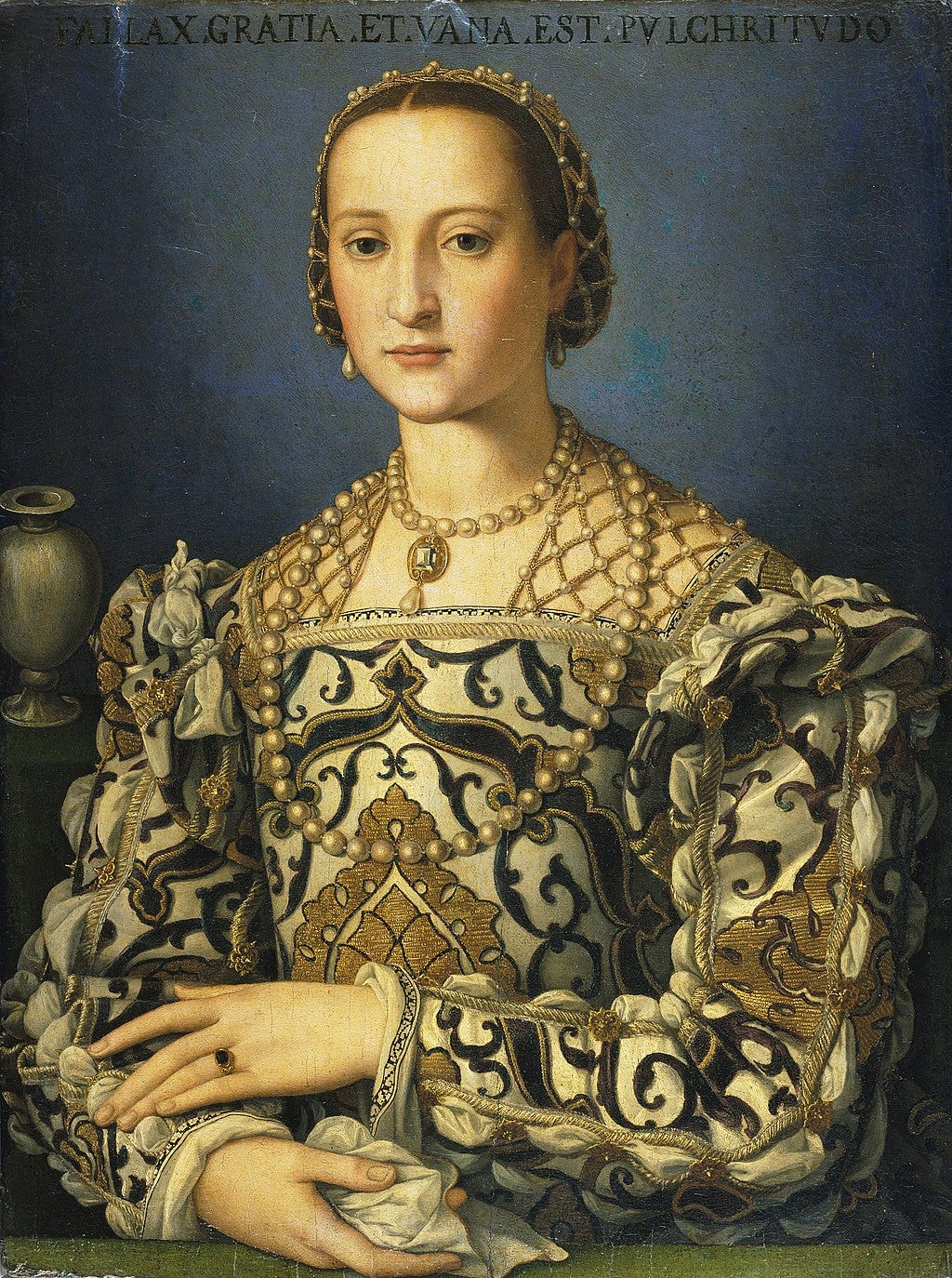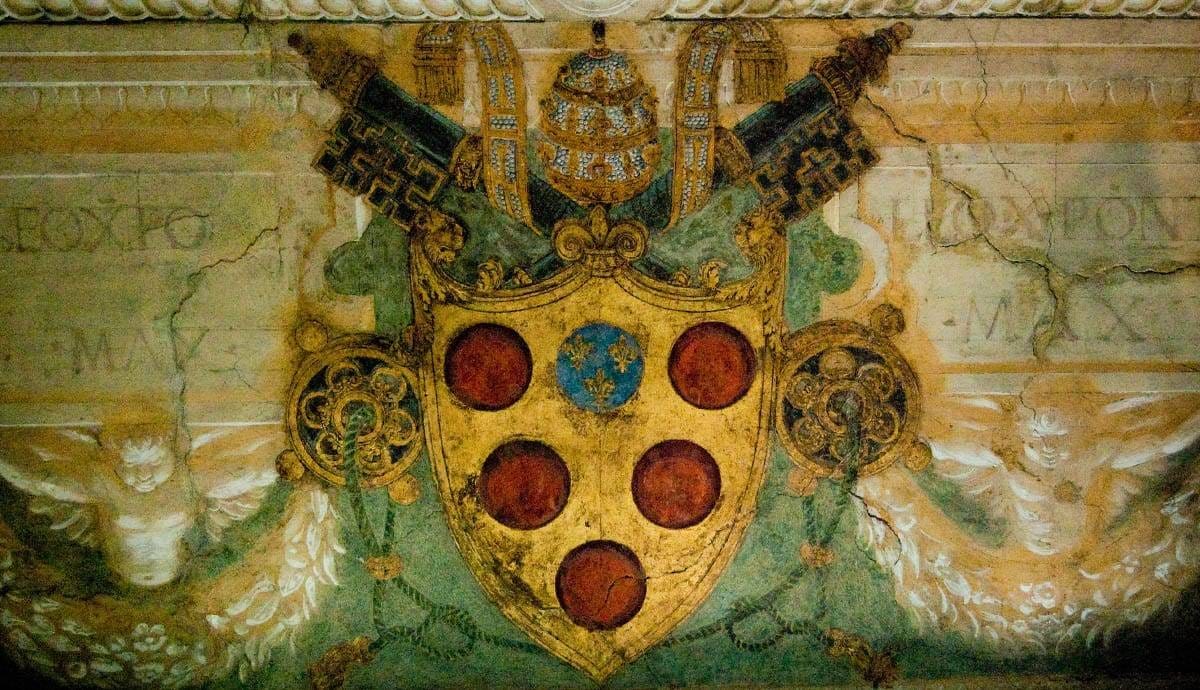Agnolo Bronzino's portrait of little Bia
Usually I write about an artist, but could not help getting sucked into a little child’s destiny. A beautiful child, painted by what many claim to be Bronzino, like so many other of her kin of the time. But doubts lurk in the backwater, much like Bia’s true ancestry. Judge for yourself….
In the heart of Renaissance Tuscany, a delicate flower bloomed briefly in the shadow of power and mystery. Bia de' Medici, a radiant little girl, was the cherished yet illegitimate daughter of Cosimo I de' Medici, Grand Duke of Tuscany. Born in the days before Cosimo's union with Eleonor di Toledo, Bia's maternal origins remain veiled in obscurity. Whispers suggest she could have been the offspring of a simple village girl from Trebbio, where the Medici held a villa, while others claim her mother was a noblewoman from Florence. The true identity of Bia's mother was a closely guarded secret, known only to Cosimo and his mother, Maria Salviati, who steadfastly acknowledged Bia as Cosimo's daughter but never divulged more.
Named Bia, a tender diminutive for Bambina (little baby girl) or perhaps Bianca, this spirited child was nurtured alongside her legitimate siblings under the watchful eye of their formidable grandmother, Maria Salviati. Bia flourished in this environment, her vivacity and loving nature endearing her to all, especially to her adoring father, Cosimo.
Tragically, in February 1542, a cruel fever struck Bia, and despite all efforts, the vibrant child succumbed a few weeks later. Her loss was profoundly felt, casting a pall over the Medici household. Just six months after Bia's untimely death, her half-sister Isabella de' Medici was born, marking a bittersweet turn in the family's saga.
Bia was laid to rest with solemn reverence in the family crypt at San Lorenzo. Her memory, however, was immortalized in art. It is believed that Cosimo, stricken with grief, commissioned the renowned artist Agnolo Bronzino to paint a posthumous portrait of his beloved daughter. This poignant masterpiece now resides in the Uffizi Gallery in Florence, a testament to the fleeting yet enduring legacy of Bia de' Medici.







